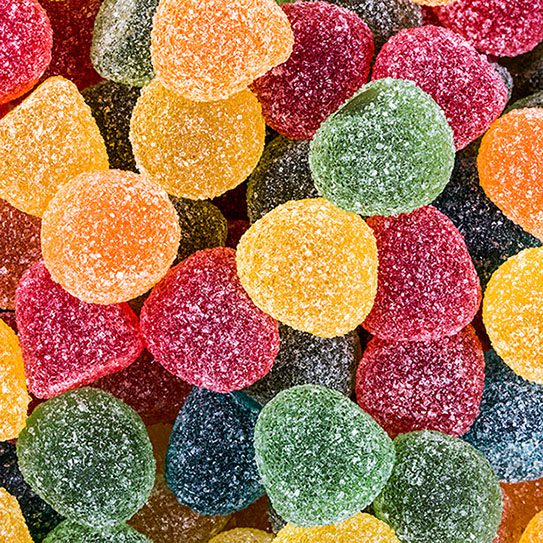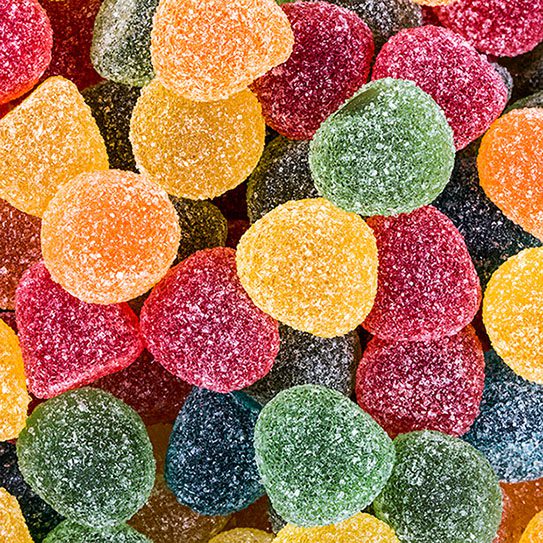
AS HALLOWEEN APPROACHES and trick-or-treat bags begin to overflow with candy, it’s the perfect time to discuss the relationship between sugar and childhood cavities. While we don’t want to be the dentist who ruins the fun of this festive season, understanding how sugar affects your child’s teeth can help you make informed decisions about their oral health.
How Sugar Causes Cavities
The process begins the moment sugar enters your child’s mouth. Harmful bacteria that naturally live in the oral cavity feed on sugar and produce acid as a byproduct. This acid attacks tooth enamel, the hard protective outer layer of teeth, causing it to weaken and break down. Over time, this process creates cavities, or dental caries, which are essentially holes in the teeth.
Children are particularly vulnerable to this process. Their tooth enamel is thinner and less mineralized than adult enamel, making it easier for acid to penetrate and cause damage. Additionally, many children haven’t yet developed consistent oral hygiene habits, allowing sugar and bacteria to linger on their teeth longer.
The Frequency Factor
What many parents don’t realize is that it’s not just the amount of sugar that matters, but how often your child consumes it. Every time sugar enters the mouth, it triggers an acid attack that can last up to 20 minutes. This means that sipping on a sugary drink throughout the day or constantly snacking on candy creates a nearly continuous acid assault on tooth enamel.
This is particularly relevant during Halloween season, when many children graze on their candy haul throughout the day. From a dental perspective, it’s actually better for your child to enjoy several pieces of candy in one sitting rather than spreading them out over many hours.
Smart Halloween Strategies
We’re not suggesting you cancel Halloween or confiscate all the candy. Instead, consider these practical approaches. Encourage your child to eat their Halloween treats with or shortly after meals, when saliva production is higher and can help neutralize acids. Make sure they drink plenty of water, which helps wash away sugar and bacteria. And most importantly, establish a consistent routine of brushing twice daily with fluoride toothpaste and flossing once a day.
Some families implement a candy buyback program, where children can trade in excess candy for a toy or special activity. Others set aside a small portion of their favorites and donate the rest. These strategies allow children to enjoy the holiday while minimizing prolonged sugar exposure.
The Bottom Line
Sugar remains the primary dietary factor contributing to childhood cavities, and Halloween can certainly test our commitment to dental health. However, with proper oral hygiene, strategic timing of treats, and regular dental checkups, your child can enjoy the festivities without sacrificing their smile. If you have concerns about your child’s cavity risk or would like to schedule a post-Halloween checkup, don’t hesitate to reach out to our office.







